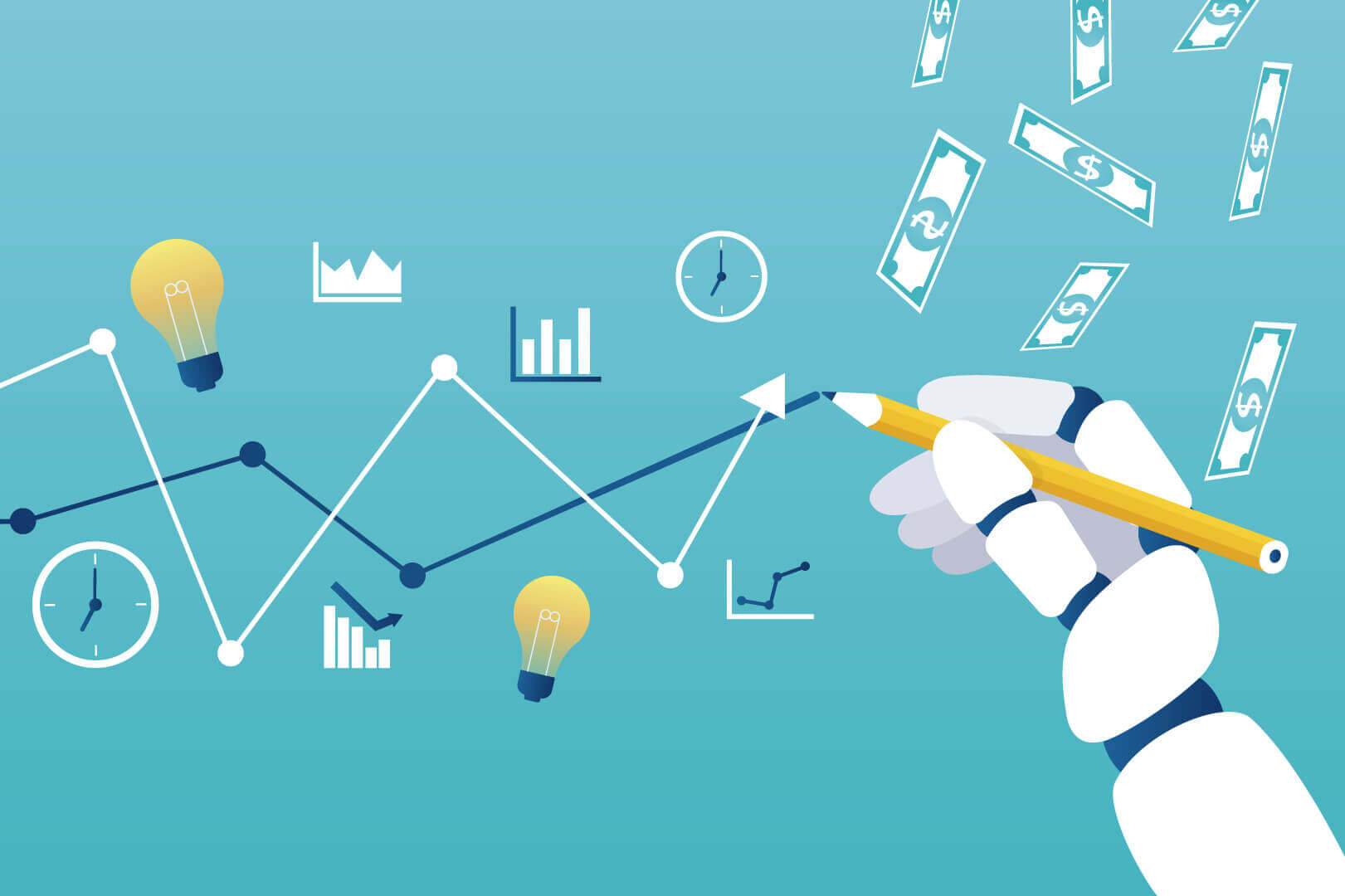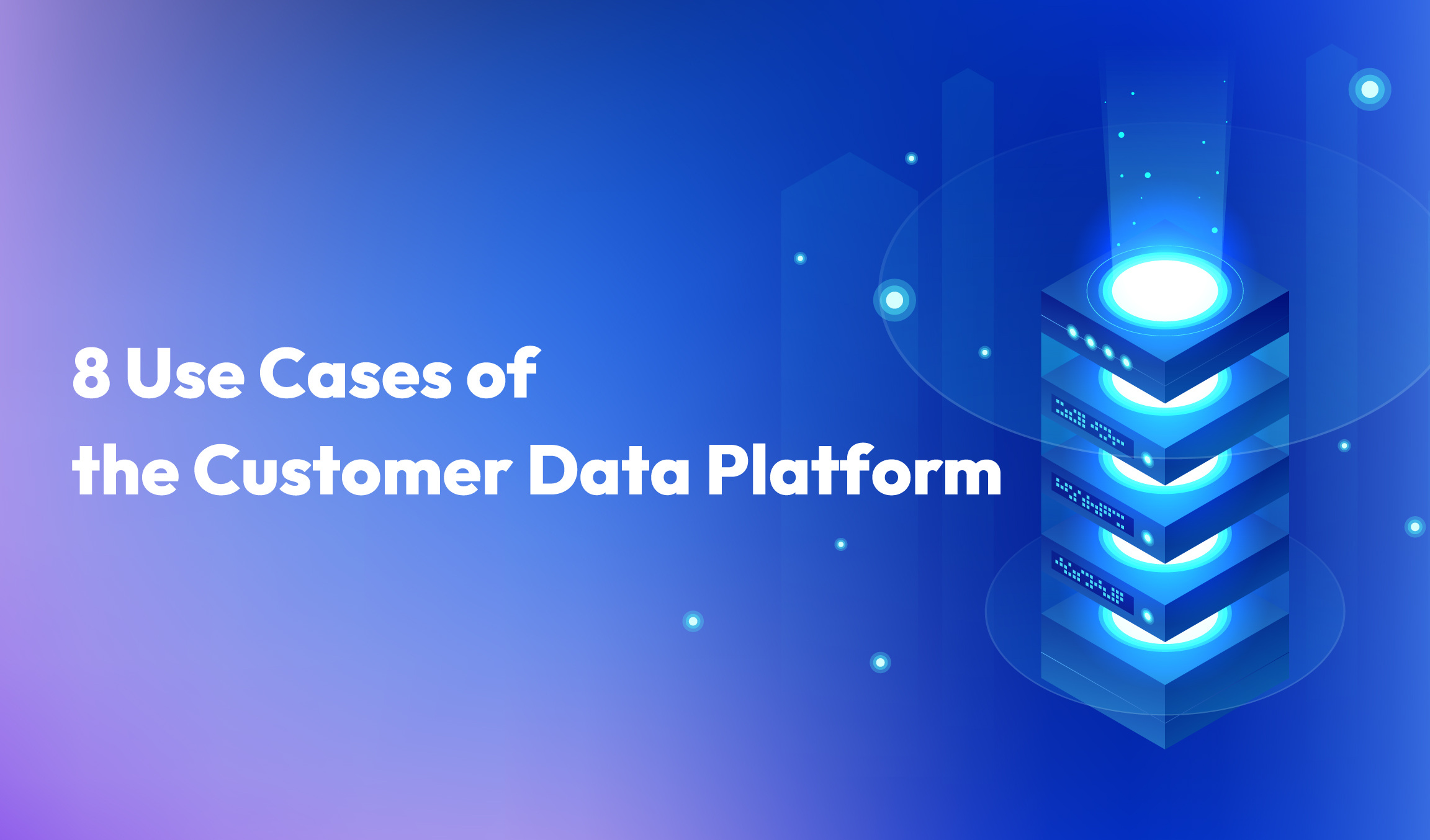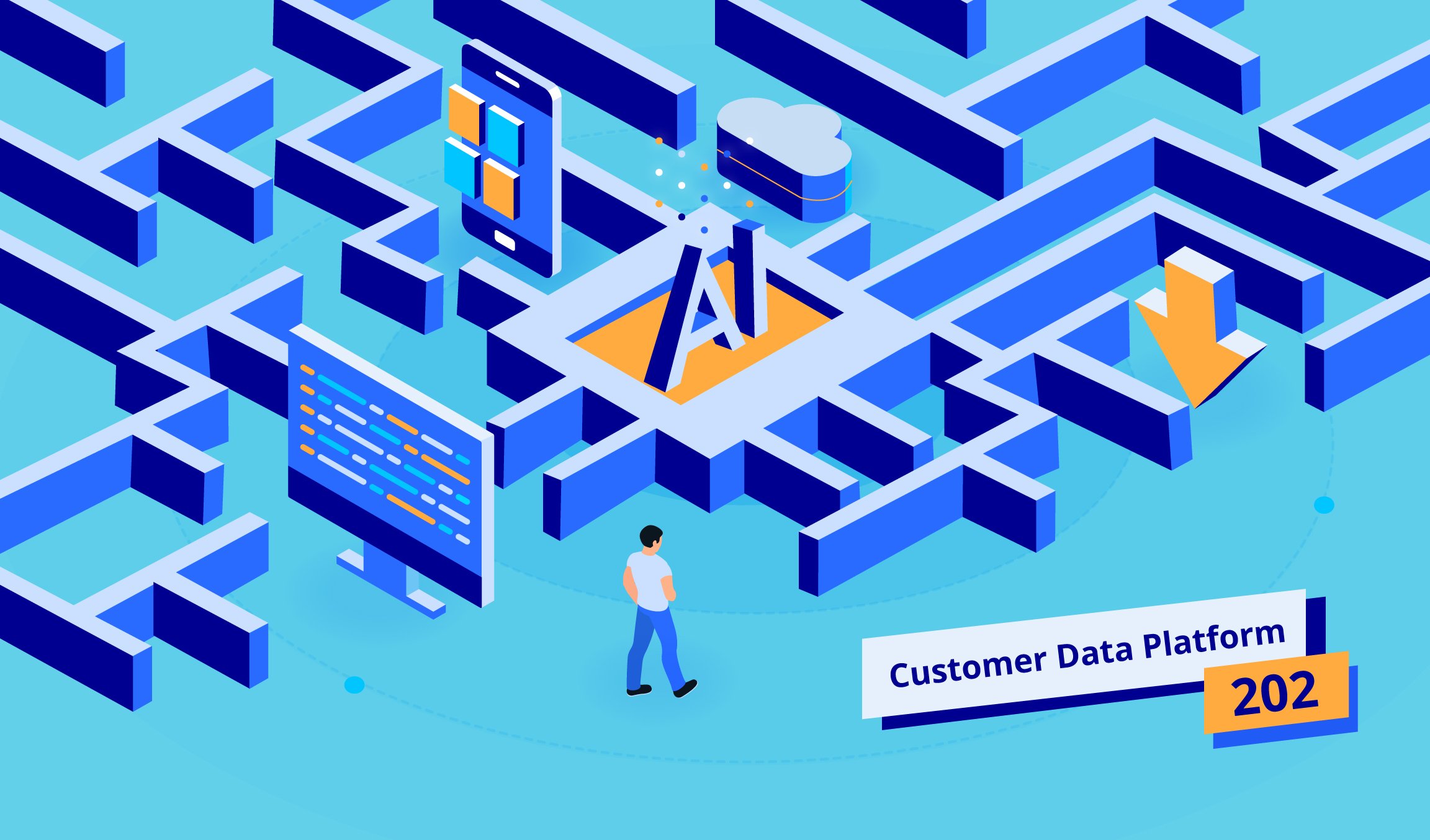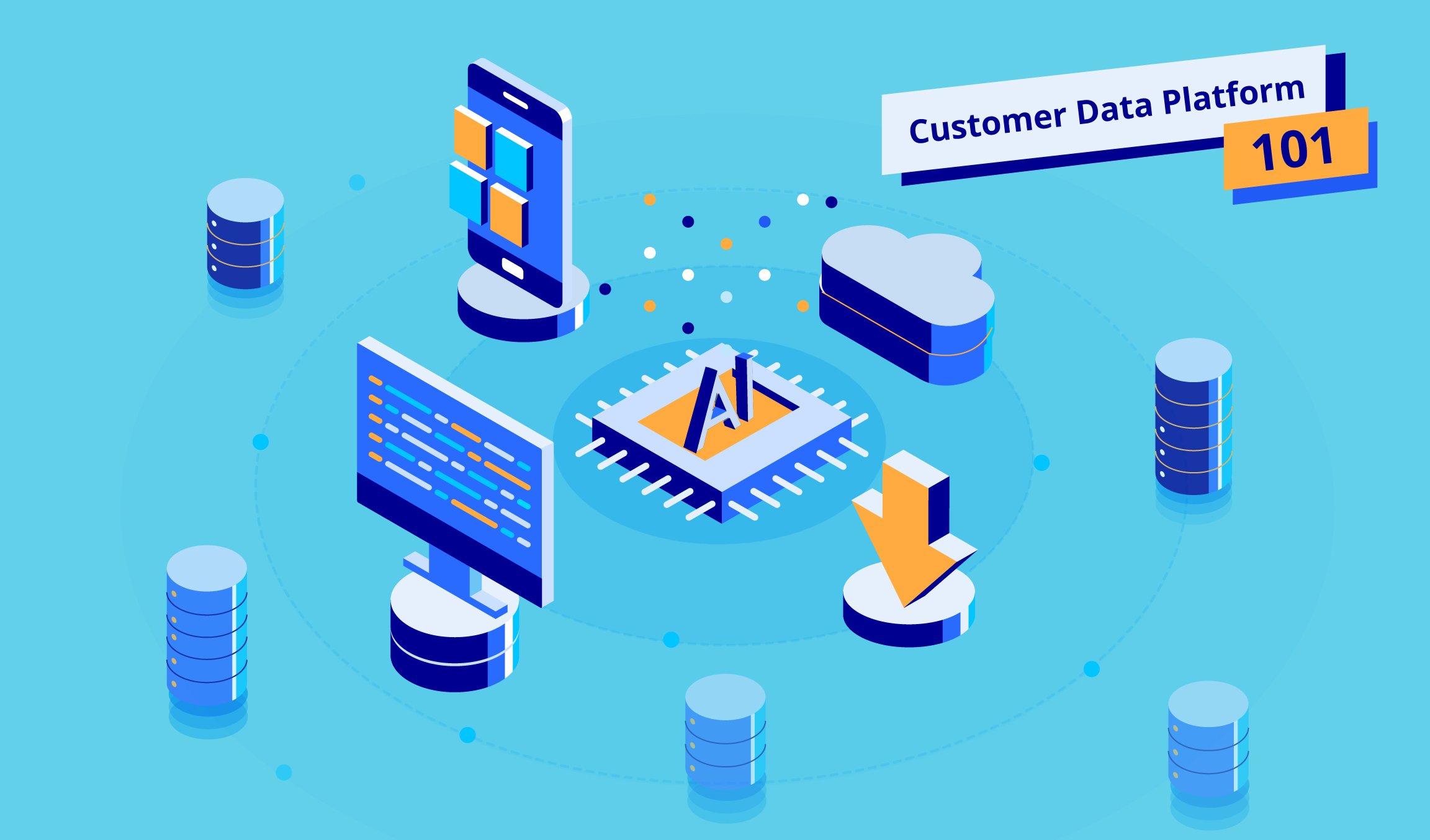4 min read
Predictive modeling is considered a subset of artificial intelligence. Not only it can help businesses predict the future, but it can also propel growth. What is predictive modeling? How can it be applied in various marketing and business scenarios?
What Is Predictive Modeling?
Predictive modeling is a process of creating a model to predict likely outcomes based on data collected from past and present events. The types of data used for prediction include transactional data, CRM data, advertising data, customer service data, economic data and demographic data.
Predictive modeling can be used to predict anything from customer churn to credit risk, sports results and TV trends, making it easier for businesses to justify critical decisions, increase profits, and create a significant competitive advantage.
What Are Some of the Most Widely Used Predictive Models?
There are several different types of predictive models and algorithms. Figuring out which ones are best for your business is essential to getting to most out of the process and to making informed decisions.
Regression Model
Regression algorithms predict a dependent variable based on independent variables. It is a way of mathematically figuring out which of those variables actually has an impact.
Classification Model
The classification model puts data into categories based on what it learns from historical data. It is arguable the simplest model and has a broad range of applications. It is ideal for answering yes or no questions such as “Will this customer churn?”.
Clustering Model
The clustering model helps marketers segment customers into similar groups based on common characteristics and create strategies for each group at a larger scale.
Neural Networks Model
A neural network model is a predictive model that works and learns the same way as a human brain. It is better than other predictive models as it can handle non-linear data relationships and find hidden patterns and layers for more accurate predictions.
Forecast Model
The forecast model is another widely used model. It can be applied wherever historical numerical data is available. It works by estimating the numeric value for new data based on learning from historical data, such as a call center predicting hourly call volume.
How Can Predictive Modeling Improve Business Performance?
Because it can deliver valuable, accurate insights relating to customers and future outcomes, predictive modeling can help those in charge make better strategic decisions and, in turn, boost business efficiency and performance.
To understand how this works, let’s take a look at predictive modeling being used in some real-world marketing and business applications.
1. Improved audience targeting
The key to successful marketing campaigns is targeting the right customer in the right place at the right time.
Traditionally, figuring out the whos, wheres, and whens of targeting, meant relying on experience and guesswork. However, using predictive modeling, marketers can work out which customers are likely to buy their product – not just see the message – and target these high-value customers for increased conversions.
2. Better buyer journey insights
The customer journey is now increasingly complex. Consumers no longer move through a linear path to purchase. Instead, they engage in fragmented journeys making it harder to deliver a seamless customer experience.
By using advanced analytics and predictive modeling, marketers have real-time access to customer journey insights. With this information, it is possible to continually optimize each stage of the marketing funnel to more effectively nurture leads to convert. This can help drive more sales and generate better ROI.
3. Optimized digital creatives
Another example of predictive modelling being used in marketing is in the creatives for marketing and ad campaigns. As creatives play a big part in campaign success, knowing what elements are working and which aren’t is critical.
Traditionally this is done using arduous A/B testing. However, using a unified predictive system, marketers can now engage in dynamic creative optimization. This enables you to see how all channels are performing and interacting in real time for ongoing creative optimization.
4. Smoother Business Operations
In addition to streamlining many marketing processes, predictive modeling can also help improve business operations – allowing them to function more smoothly and efficiently.
E-commerce stores can use predictive modeling for forecasting inventory. Airlines can use it to help them decide how many tickets to sell on each flight. Hotels can use it to predict the number of guests to maximize occupancy and revenue. And healthcare providers can use it to improve services, such as processing triage.
5. Accurate risk assessment
Evaluating and avoiding risk is essential for all businesses. Using predictive modeling, companies can identify emerging risks in order to make the right strategic decisions to avoid them. For example, financial services companies can use predictive modeling to generate credit scores, anticipate the risk of payment default, or assess insurance claim fraud.
Predictive modeling for risk can also be used in industries such as health, for example, to predict health events in patients or to inform planning and response in public health scenarios such as COVID-19.
Predictive modeling has a wide range of business applications. By choosing the right model for your needs, feeding it the right data, and implementing it into your processes, decisions become easier and more profitable.
* Want to learn more about how to use predictive modeling to better understand your customers’ future behavior? Get in touch with our team today for an exclusive discussion.



